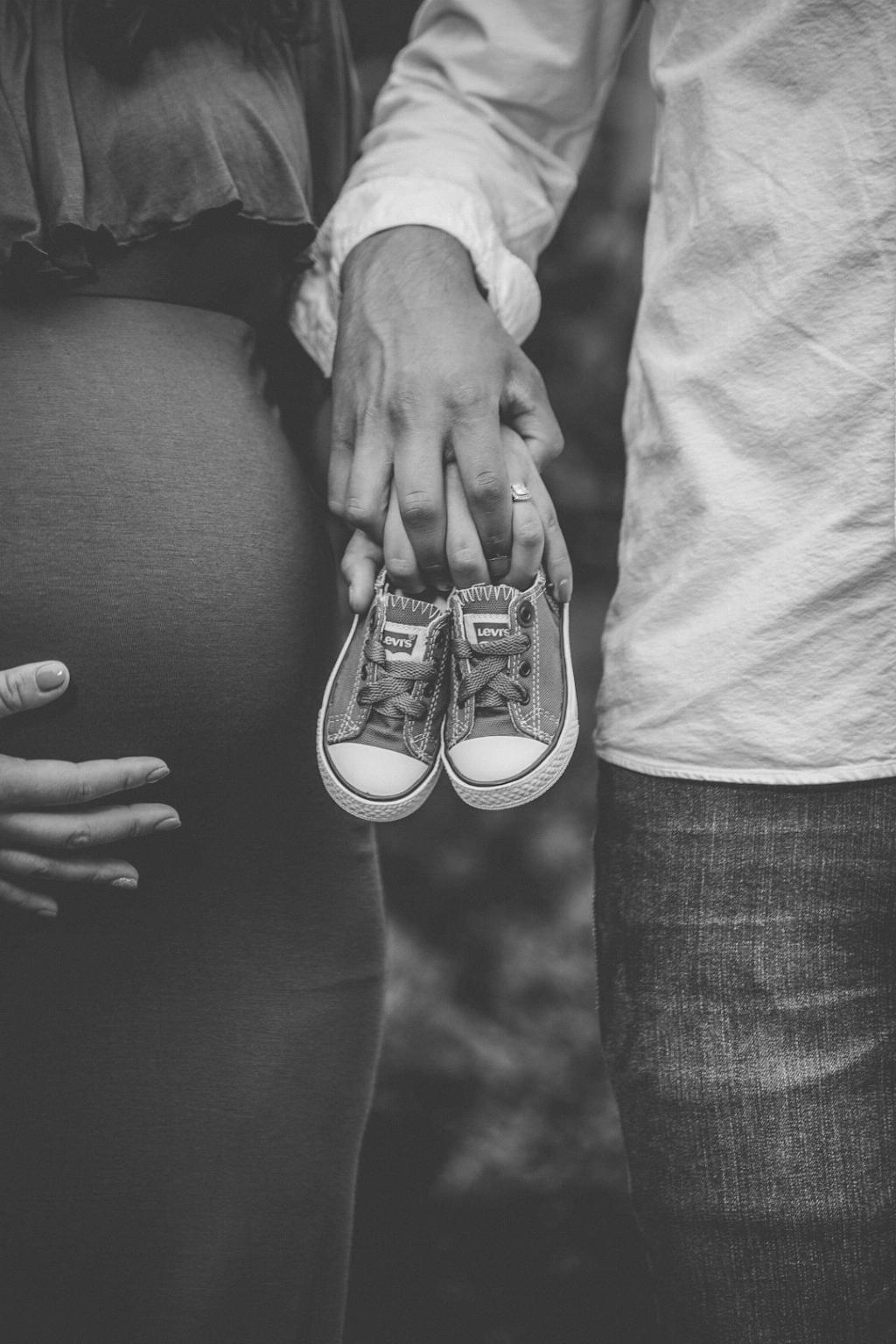One of the most common questions among individuals trying to conceive or understand their reproductive cycle is, “How many days after ovulation is implantation?” This is a crucial aspect of the conception process, as implantation marks the moment when a fertilized egg attaches itself to the lining of the uterus, initiating the formation of a pregnancy.
Timing of Implantation
Implantation typically occurs between 6 to 12 days after ovulation, with the most common timeframe being around 8 to 9 days post-conception. This window can vary depending on factors such as the timing of ovulation and the speed of conception after ovulation. Understanding the general timeline of implantation can provide insight into the early stages of pregnancy.
Ovulation and Conception
Ovulation, the release of an egg from the ovary, typically happens in the middle of a person’s menstrual cycle. Following ovulation, the egg awaits fertilization in the fallopian tube. If sperm successfully fertilizes the egg during this period, conception occurs, leading to the formation of a zygote that will eventually develop into an embryo.
The Journey to the Uterus
After fertilization, the zygote begins its journey down the fallopian tube towards the uterus. This process, known as cleavage, involves rapid cell division as the zygote transforms into a blastocyst. The blastocyst eventually reaches the uterus, where it will seek to implant itself in the uterine lining for further development.
Preparation for Implantation
Before implantation can occur, the uterine lining undergoes significant changes in preparation for receiving the blastocyst. This phase of the menstrual cycle, known as the luteal phase, is characterized by the thickening of the endometrium and the development of a rich blood supply to support pregnancy.
Implantation Process
Once the blastocyst reaches the uterus, it begins the process of implantation. This critical step involves the attachment of the blastocyst to the uterine lining, allowing it to establish a connection for the exchange of nutrients and waste products with the maternal blood supply. Implantation sets the stage for the growth and development of the embryo.
Signs of Implantation
Some individuals may experience subtle signs of implantation, such as light spotting or cramping, around the time when implantation is expected to occur. However, these symptoms can vary widely among individuals, and not everyone may notice these early indications of pregnancy.
Testing for Pregnancy
For individuals curious about whether they have conceived, taking a pregnancy test around the time of expected implantation can provide insight. Most pregnancy tests are designed to detect the presence of human chorionic gonadotropin (hCG), a hormone produced by the developing placenta after implantation has taken place.
Importance of Timing
Understanding the timing of implantation in relation to ovulation can be valuable for individuals trying to conceive or monitor their fertility. By tracking ovulation and estimating the potential timing of implantation, individuals can optimize their chances of achieving a successful pregnancy.
Consulting Healthcare Providers
For individuals with questions or concerns about the timing of implantation or fertility in general, seeking guidance from healthcare providers or reproductive specialists can offer valuable support. These experts can provide personalized advice based on individual circumstances and help navigate the complexities of the conception process.
Emotional Considerations
It is important to acknowledge the emotional aspects of the conception journey, as individuals may experience a range of feelings throughout the process. Whether anticipating implantation or awaiting pregnancy test results, maintaining open communication and seeking emotional support can be beneficial.
Conclusion
In summary, the timing of implantation after ovulation is a critical milestone in the conception process, occurring between 6 to 12 days post-ovulation. Understanding this timeframe and the factors influencing implantation can provide valuable insights for individuals navigating their fertility journey and seeking to expand their family.

